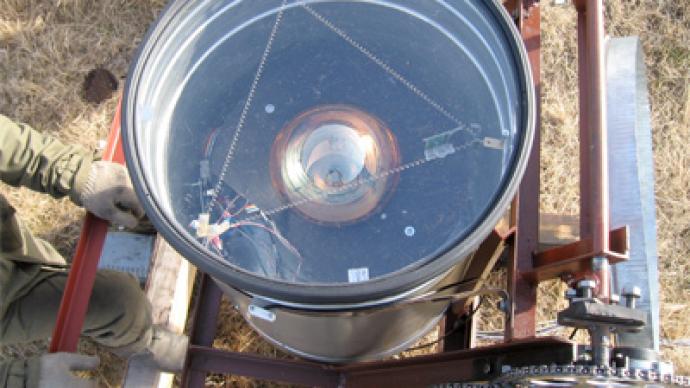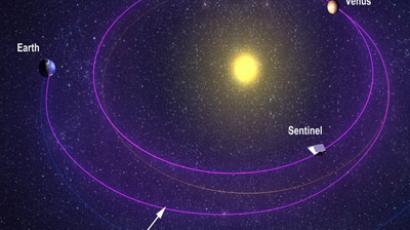A closer look at the Universe: World’s largest cosmic ray observatory to be built in Siberia

Russian and German scientists have kicked off an ambitious plan to create a massive Gamma Ray Observatory in the heart of Siberia in hopes of unlocking the manifold secrets of the Universe.
Nestled in the idyllic Tunka Valley east of the world’s deepest and oldest freshwater body of water, Lake Baikal, the proposed Tunka HiSCORE Gamma Ray Observatory will cover a massive area of 100 square kilometers.When completed, the Siberian observatory “will be the only place on the planet where every component of cosmic radiation” will be studied at one time, Aleksandr Arguchintsev, the Superintendent for Scientific Research at Irkutsk State University (ISU), told RIA Novosti.Through studying cosmic radiation, the scientists hope to garner “new information about the past, present and future of the universe," Arguchintsev said.In addition to the physicists at ISU, he says the Institute of Nuclear Physics at Moscow State University, the Institute for Nuclear Research at the Russian Academy of Sciences, and Germany’s Physics Center at Hamburg University will also take part in the project.Gamma rays have more than 10,000 times the energy of visible light photons, and some of them of are believed to be associated with a special type of supernovae, the explosions marking the deaths of incredibly massive stars, NASA says. By studying gamma rays, scientists can get a glimpse of collapsing stars, black holes and distant galaxies, opening the door to a greatly expanded understanding of the physics governing the Universe.The decision to build the Gamma Ray Observatory comes on the heels of another highly successful project; the Tunka-133 telescope. Built in 2009, the structure consists of 133 metal canisters spread across a field nestled within the picturesque Buryatian foothills. The Baikal region was chosen for its ecological purity, as cosmic rays showering down on the earth are not affected by industrial pollutants lingering in the atmosphere.Just like the Tunka HiSCORE Gamma Ray Observatory, the Tunka-133 is intended to study the cosmic ray energy spectrum to discover more about the evolution of the universe.The cost of the new observatory is estimated at $46.5 million, and will take an estimated 10 years to complete.Preparatory work has already begun, and the first experimental detectors will appear at the Tunka Valley site in October of this year,Arguchintsev said. He expects one square kilometer to be covered in 2013-2014, over 10 square kilometers by 2016, with the project’s expansion to move along at a similar pace until its completion.














